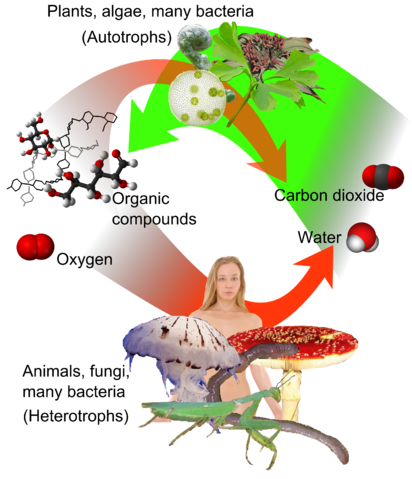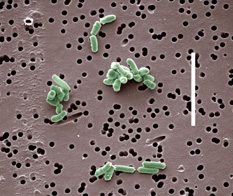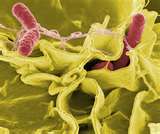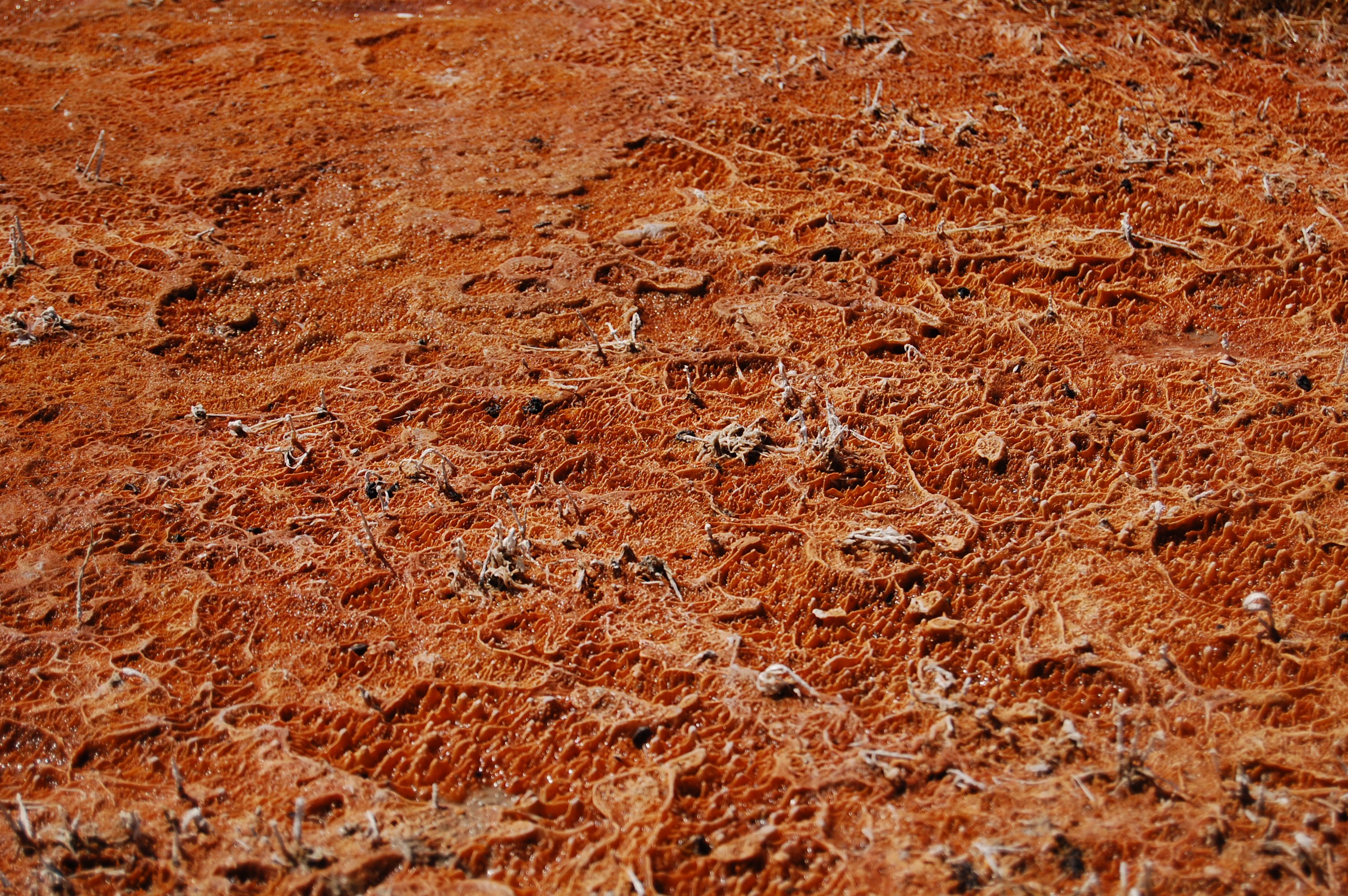Nutrition
Acquiring nutrients is one of the main problems that every
organism must face. Organisms first have to detect a nutrient
source, acquire it, handle it, and then take up the nutrients
from it. There are two main types of consumers:
autotrophic and heterotrophic, with subgroups under each of
these.
 Heterotrophic
- "An organism that is unable to synthesize its own organic
carbon-based compounds from inorganic sources, hence, feeds on
organic matter produced by, or available in, other organisms (http://www.biology-online.org/dictionary/Heterotroph
). Some examples of heterotrophic organisms are
animals, most bacteria, and even some fungi.
Heterotrophic
- "An organism that is unable to synthesize its own organic
carbon-based compounds from inorganic sources, hence, feeds on
organic matter produced by, or available in, other organisms (http://www.biology-online.org/dictionary/Heterotroph
). Some examples of heterotrophic organisms are
animals, most bacteria, and even some fungi.
Autotrophic - "A organism capable of making nutritive organic
molecules from inorganic sources via
photosynthesis (involving light energy) or chemosynthesis
(involving chemical energy)" (http://www.biology-online.org/dictionary/Autotroph).
Plants are the primary autotrophic organisms; however, some
bacteria may also be autotrophic.
Brevibacterium linens is a chemoorganotrophic organism. This is a type of heterotrophic organism as it cannot produce its own nutrients. Brevibacterium linens depends on organic material for its carbon and for its energy. Furthermore, B. linens has specialized channels in its membranes that allow molecules to enter into the organism. Once this organic material is inside, they are broken down and then rebuilt into material that the organism can use to live.


